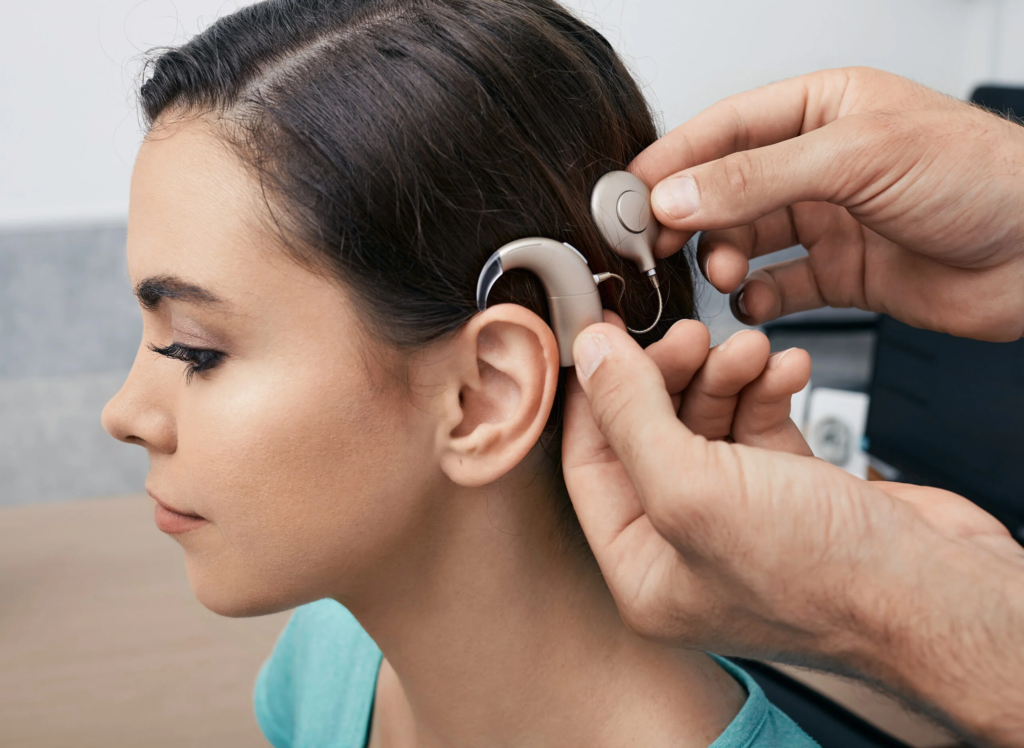Take a walk through a college campus, a metro station, or a coffee shop, and you’ll notice one thing in common Gen Z is almost always plugged in. Whether it’s music, podcasts, or ambient sounds, there’s a non-stop stream of audio flowing directly into their ears. Headphones have become more than a gadget. They’re an identity, an escape, and for some, a survival mechanism.
But here’s a question arises that no one’s asking loudly enough: What is this constant soundscape doing to their mental and physical health?
The 24/7 Audio Loop
For Gen Z, silence has become uncomfortable. Many can’t fall asleep without white noise or “sleepy” Spotify playlists. Studying? That requires lo-fi beats or dark academia instrumentals. Even social media apps are audio-forward from TikTok sounds to voice notes. This creates a dangerous reality: the brain rarely gets a moment of pure silence.

Experts are raising concerns. neurologists warn “The brain is not designed for non-stop stimulation. Young adults who are constantly plugged in are showing early signs of attention fatigue and reduced emotional resilience.”
Hearing Loss Is Hitting Early
Headphones might seem harmless, but loud volumes over long durations are a recipe for irreversible damage. According to a recent WHO report, over 1 billion young people worldwide are at risk of noise-induced hearing loss due to unsafe listening habits.
What’s worse? Most Gen Z listeners don’t even realize they’re turning the volume up too high. Noise-cancelling headphones, a Gen Z favorite, create an illusion of safety. But many crank up the volume to overpower environmental sounds, exposing their ears to 85+ decibels for hours on end enough to cause permanent hearing loss.
Ringing in the ears is no longer just an old person’s problem. It’s showing up in teenagers. And it’s more than just annoying it leads to sleep issues, anxiety, and even depression.

Escape or Avoidance?
Beyond physical health, there’s a bigger, more emotional question: Why is Gen Z so desperate to stay plugged in?
Part of it is the desire to create a personal bubble a way to feel in control in an increasingly chaotic world. But this bubble often becomes a wall. Headphones are becoming tools for social avoidance. Eye contact is lost. Conversations are skipped. Silence is feared.
This kind of emotional detachment can lead to loneliness, social anxiety, and difficulty navigating real-world relationships. In a paradoxical twist, Gen Z the most connected generation in history is increasingly disconnected in real life.
Can We Unplug?
The solution isn’t to throw out the headphones. Music, podcasts, and audio spaces have enormous power they inspire, educate, and even heal. But like all powerful tools, moderation is key.
- The 60/60 Rule: Listen at no more than 60% volume for no more than 60 minutes at a stretch.
- Sound-Free Hours: Dedicate at least one hour daily to complete audio silence.
- Use Speakers Occasionally: Give your ears a break from the direct audio blast of earbuds.
Most importantly, reconnect with the sound of silence. Listen to your surroundings. Engage in a real conversation. Let your brain breathe.
Because sometimes, the most powerful moments happen when the music stops.
Keep reading foramz for your daily dose of emotional support.


Leave a Reply